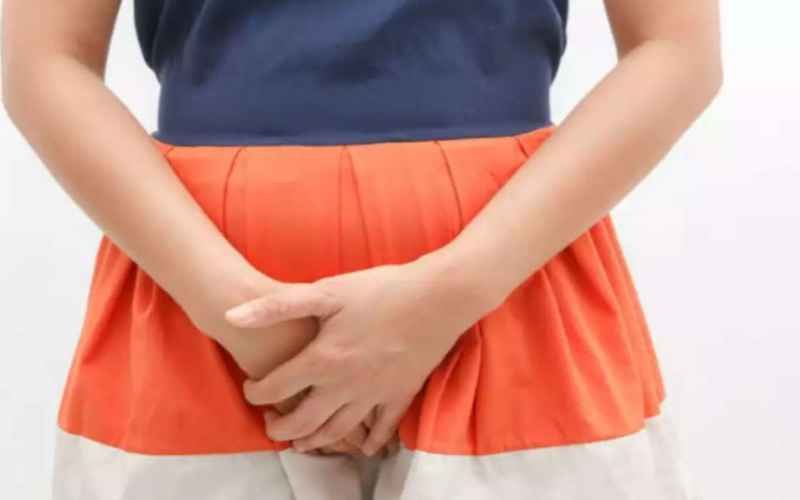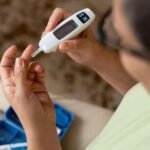When we think of acne, our minds typically jump to the face, back, or chest. However, acne can occur in various parts of the body, including the genital region. Yes, you read that correctly – vaginal acne is a real thing, and it’s more common than you might think. While it may not be a topic that’s openly discussed, understanding vaginal acne is essential for proper care and treatment. In this article, we’ll delve into what vaginal acne is, its causes, and how to manage it effectively.

What is Vaginal Acne?
Causes of Vaginal Acne
Several factors can contribute to the development of vaginal acne:
- Hormonal Changes: Hormonal fluctuations play a significant role in the development of vaginal acne. During puberty, increased levels of androgens stimulate the sebaceous glands to produce more oil (sebum), which can clog hair follicles and lead to acne. Similarly, hormonal changes during menstruation, pregnancy, or menopause can disrupt the balance of hormones in the body, contributing to acne flare-ups in the vaginal area.
- Poor Hygiene: Maintaining proper hygiene is essential for preventing vaginal acne. However, excessive washing or the use of harsh soaps and cleansers can strip the skin of its natural oils, leading to irritation and inflammation. This irritation can exacerbate acne and make the skin more susceptible to bacterial or fungal infections.
- Friction: Friction from tight clothing, particularly synthetic materials that do not allow the skin to breathe, can irritate the delicate skin of the genital area. Constant friction can also cause microtears in the skin, creating an environment where bacteria can thrive and contribute to the development of acne. Physical activities that involve friction, such as cycling or horseback riding, can also exacerbate vaginal acne.
- Infections: Bacterial or fungal infections can play a role in the development of vaginal acne. Folliculitis, for example, is a condition in which hair follicles become inflamed and infected, leading to the formation of pustules or papules resembling acne. Yeast infections, caused by an overgrowth of Candida albicans fungus, can also contribute to vaginal acne by creating an imbalance in the vaginal flora and triggering inflammation.
- Ingrown Hairs: Shaving or waxing the pubic area can sometimes result in ingrown hairs, where the hair curls back or grows sideways into the skin instead of outward. This can lead to inflammation, redness, and the formation of painful bumps resembling acne. Ingrown hairs can further exacerbate the condition by trapping bacteria and causing infection in the affected follicles.
Managing Vaginal Acne
If you’re experiencing vaginal acne, here are some tips to help manage and alleviate symptoms:
- Maintain Good Hygiene:
- Use gentle, fragrance-free cleansers specifically formulated for sensitive areas when washing the genital region.
- Avoid harsh soaps, scented products, and excessive washing, as they can strip the skin of its natural oils and exacerbate acne.
- Pat the area dry with a clean towel after washing, rather than rubbing, to prevent further irritation.
- Wear Breathable Clothing:
- Choose underwear made from breathable fabrics like cotton to allow proper airflow and reduce moisture buildup in the genital area.
- Avoid tight-fitting clothing, especially synthetic materials, which can trap sweat and irritate the skin, leading to acne flare-ups.
- Avoid Tight Clothing:
- Opt for loose-fitting clothing, particularly during physical activities, to minimize friction and irritation in the genital area.
- Consider wearing moisture-wicking fabrics that draw sweat away from the skin to keep the area dry and prevent acne breakouts.
- Practice Safe Hair Removal:
- If you prefer to remove pubic hair, do so carefully to minimize the risk of ingrown hairs and irritation.
- Consider using a sharp, clean razor and shaving in the direction of hair growth to reduce the likelihood of ingrown hairs.
- Alternatively, explore other hair removal methods such as trimming or depilatory creams, which may be less likely to cause irritation.
- Use Warm Compresses:
- Apply a warm compress to the affected area for a few minutes several times a day to help reduce inflammation and promote healing.
- Soak a clean washcloth in warm water and gently apply it to the acne-prone area, being careful not to apply too much pressure.
- Seek Medical Advice:
- If vaginal acne persists or becomes increasingly uncomfortable, consult a healthcare professional or dermatologist for proper evaluation and treatment.
- A healthcare provider can provide an accurate diagnosis and recommend appropriate treatment options, which may include topical medications containing benzoyl peroxide, salicylic acid, or antibiotics.
- In severe cases, oral antibiotics or corticosteroids may be prescribed to help control inflammation and bacterial infections.
















